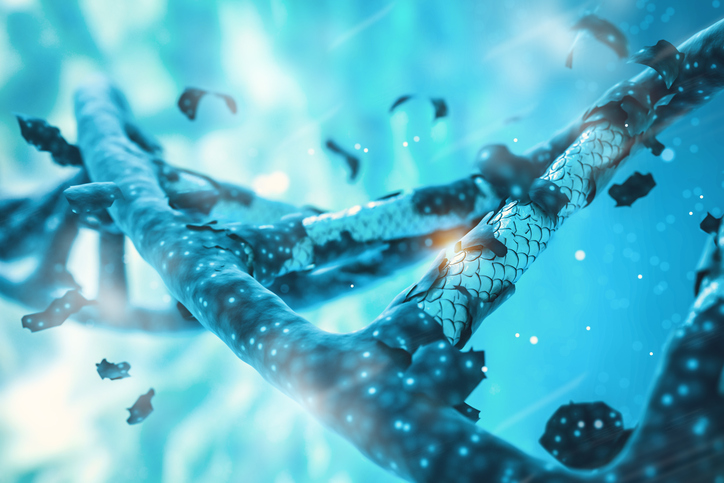
Details that have recently emerged regarding the “CRISPR babies,” human embryos that were genetically modified to be resistant to HIV last year, are raising concerns about how this genetic modification was done. This gene-editing process was done by He Jiankui, a Chinese biophysicist who was under public scrutiny after controversially editing the genomes of human embryos, which led to the successful birth of Lulu and Nana.
CRISPR technology works by allowing researchers to make genetic edits at any specific region of a genome. This genetic editing is often done to eliminate a mutation that causes a disease or to introduce a healthy copy of a gene. CRISPR usually refers to CRISPR/Cas9, a two-protein complex. Cas9 acts as the “molecular scissors” and CRISPR functions as a guide that brings the Cas9 enzyme to the correct location.
How the CRISPR Babies Were Modified
Jiankui’s work targeted the CCR5 gene, the presence of which is required for HIV to penetrate white blood cells (lymphocytes) and cause infection. The CCR5 Δ32 variant is a specific mutation of the gene missing 32 nucleotides. This mutated gene occurs in some human genomes, resulting in a high level of resistance to the HIV infection due to a lack of the CCR5 receptor protein.
Aiming to recreate this mutation using CRISPR gene therapy in human embryos, Jiankui and colleagues wanted to genetically modify humans to be immune to HIV. Although the babies were born, there were several shortcomings of this endeavor.
Not Matching the Exact Mutation
One problem with their approach was that they did not perfectly recreate the Δ32 mutation, but rather, they created several other mutations of this gene with unknown effects. These mutations could yield HIV resistance, however, they could also have unpredicted consequences. Instead of testing these potential effects, the researchers recklessly implanted them into the human embryos.
Uneven Editing and the “Mosaic” Effect
Another error source in this trial could have resulted from inefficient genetic editing, resulting in an uneven distribution of modified embryo cells. This mixture of edited and unedited cells is referred to as a mosaic. Data regarding this adverse editing is still scarce, but it appears that both Lulu and Nana are mosaic. This uneven distribution decreases the likelihood of the CRISPR babies being resistant to HIV, and mosaicism risks are another factor that was ignored by the researchers.
CRISPR can also make unintended cuts in the genome as well in areas that have similar genetic sequences, leading to unpredictable and unwarranted outcomes. Jiankui and colleagues tested cells from the edited embryos and only reported one improper edit, however, this type of testing required sampling of the cells which were no longer part of the embryos and continued developing.
This means that the remaining cells in the embryos had not been tested and could have contained unintended genetic modifications. There is no way to truly predict off-target edits and mosaicism, however, therefore there will always be shortcomings in this area.
Risk vs. Reward
The editing of an embryo is difficult to justify ethically unless the benefits strongly outweigh the risks. These modifications and associated risks would not only affect the genetically modified human but all its offspring as well, reverberating through generations.
Despite this risk, Jiankui was not even modifying a genetic risk that these embryos had. He was not erasing a mutation that could cause a debilitating disease but was rather inducing one to potentially decrease their risk of getting HIV if exposed.
Although the father of these twins has HIV, there are practices in place to prevent a father with HIV from infecting their offspring, and this technique was actually used by Jiankui’s team. Ultimately, all this CRISPR editing procedure did was decrease the children’s risk of getting the disease later in life, which can be achieved through various practices such as safe sex practices and testing of blood donations.
China’s failed gene-edited baby experiment proves we’re not ready for human embryo modification https://t.co/nKNPazQ9wS pic.twitter.com/mUvnCgDbmK
— Conversation Global (@_TCglobal) December 6, 2019







 © 2025 Mashup Media, LLC, a Formedics Property. All Rights Reserved.
© 2025 Mashup Media, LLC, a Formedics Property. All Rights Reserved.